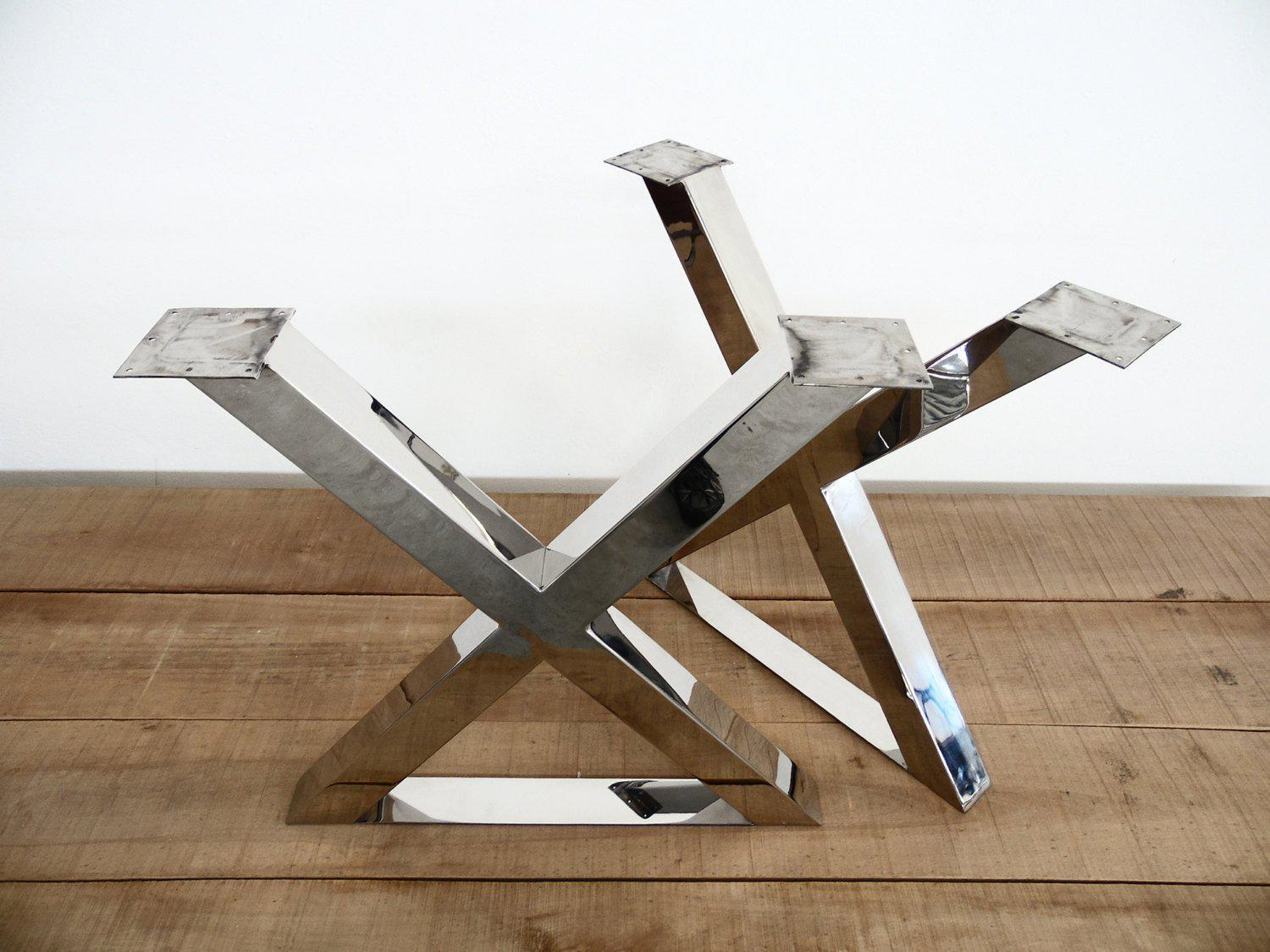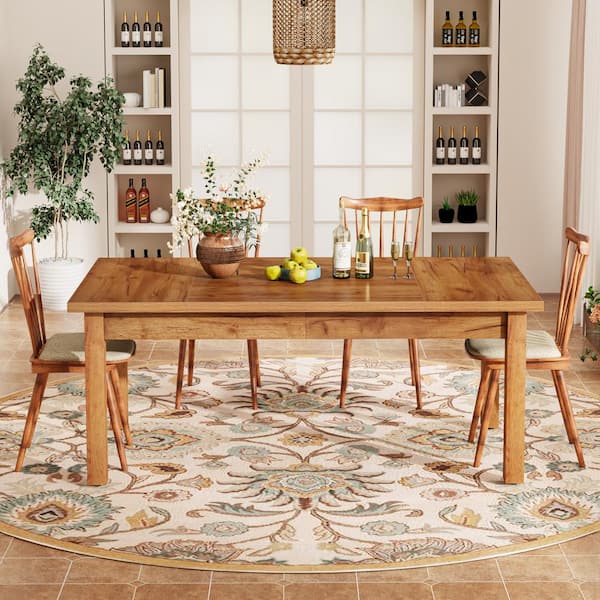The Ultimate Guide to Selecting Resilient Dining Room Table Legs
Picking the Perfect Eating Table: What Styles Work Best for Your Home?
Picking the suitable table for your home can be a nuanced procedure that balances aesthetics and capability. Whether your space leans in the direction of standard elegance, contemporary minimalism, rustic charm, or commercial stylish, the selection of styles readily available can satisfy varied tastes. Each style offers special benefits and difficulties that can either boost or disrupt your eating area's consistency. Understanding exactly how various materials, forms, and dimensions communicate with your existing style is essential. To browse these choices efficiently and locate a table that really matches your home, consider the complying with facets carefully.
Assessing Your Space
Examining the measurements and format of your eating area is an important very first step in picking the perfect table. Begin by measuring the length and width of the space, representing entrances, home windows, and various other building attributes that can affect table positioning. This ensures that your table not only fits but also allows for comfortable movement around it.
Consider the number of people you generally captivate. A table ought to accommodate your family's everyday requirements while using adequate versatility for occasional guests. Generally of thumb, allocate at the very least 24 inches of table size each to make sure a comfy dining experience.
It's also necessary to keep proper clearance around the table. Preferably, there ought to be at the very least 36 inches in between the table edge and walls or various other furnishings, allowing simple access and activity. For rooms where chairs with arms or added storage units like buffets are entailed, raising this clearance to 48 inches is a good idea.
Lighting and ambience play considerable roles. Make certain that your dining table aligns with existing lights fixtures or prepare for appropriate lighting remedies. This detailed spatial assessment warranties that your dining table not just fits physically yet likewise harmonizes with your space's overall performance and aesthetic.
Popular Table Styles

Traditional table often include luxuriant information, rounded legs, and rich wood finishes, stimulating a feeling of ageless sophistication. They are best for homes with traditional design or those looking to add a touch of refinement to their eating area.
Modern dining tables focus on simpleness and clean lines, frequently incorporating products like glass and metal. These tables are optimal for contemporary rooms, supplying a smooth and uncluttered appearance that matches minimalist layout approaches.
Rustic table, on the other hand, highlight natural products and a handcrafted look - dining room table legs. They commonly feature reclaimed timber and a distressed coating, producing a warm and welcoming atmosphere. These tables function well in farmhouse-style homes or those seeking a cozy, organic feeling
Industrial dining tables incorporate raw materials such as steel and wood, often showcasing a practical visual. This style is well-suited for loft spaces or urban rooms, adding a touch of sturdy appeal and durability to the eating experience.
Each style uses distinct advantages, making it important to pick one that aligns with your home's general design and your personal choices.
Material Options
When selecting a table, the selection of material plays a vital role in figuring out both the table's visual appeals and capability. Wood, metal, glass, and sites composite products each deal distinct advantages and obstacles, making it crucial to align the material with your home's decoration and way of living needs.
Wood is a classic and functional option, offered in selections such as oak, walnut, and mahogany. Recognized for its resilience and warmth, timber enhances both traditional and contemporary interiors. Nevertheless, it calls for normal upkeep to avoid scratches and warping.
Metal tables, frequently crafted from stainless-steel, light weight aluminum, or functioned iron, are commended useful site for their modern appeal and robustness. They are particularly fit for industrial or minimalist settings but can be susceptible to dents and may feel cold to the touch.
Glass table bring an air of beauty and openness, ideal for smaller spaces as they create an impression of even more area. While very easy to tidy, glass can be prone to spots and needs cautious dealing with to prevent chips and cracks.
Composite materials, such as MDF and plywood, offer cost-efficient and personalized remedies, though they might lack the longevity of natural products. Picking the ideal material ensures your table is both a useful possession and a visual delight.
Sizes And Shape Considerations
After identifying the appropriate product for your eating table, the next factor to consider is choosing the appropriate shape and dimension to suit your area. Conversely, rounded tables cultivate a sense of affection and are excellent for smaller sized eating areas, urging conversation by getting rid of edges and making everyone really feel just as included.
As a regulation of thumb, allot at the very least 24 inches of table size per individual to make certain comfy eating. In addition, take into consideration the table's clearance room: there need to be at the very least 36 inches in between the table side and the walls or other furniture. Extending tables use versatility if you often hold larger gatherings, providing added seats when required without try here occupying extra space daily.
Matching Your Decor
Selecting an eating table that harmonizes with your existing decoration is pivotal in producing a natural and inviting area. A sleek, minimalist table with tidy lines is perfect for a contemporary home, while a vintage, luxuriant table fits an extra traditional setting.
Shade and material are similarly substantial. If your decor features cozy tones and all-natural materials, think about a wood table to boost the organic feel. Alternatively, a glass or steel table may be better suited in a space dominated by great shades and industrial elements. Take note of the coating, as it needs to mirror other furniture and fixtures to preserve consistency.
A rough-hewn, redeemed timber table can add character to a rustic area, while a sleek marble surface can elevate a luxurious eating location. A well-matched dining table not only boosts visual appeal yet additionally enhances the overall eating experience.

Conclusion
Selecting the optimal dining table requires cautious consideration of space, style, materials, shape, and dimension. Typical tables enhance timeless insides with abundant wood finishes, while modern tables suit modern setups via glass and steel.